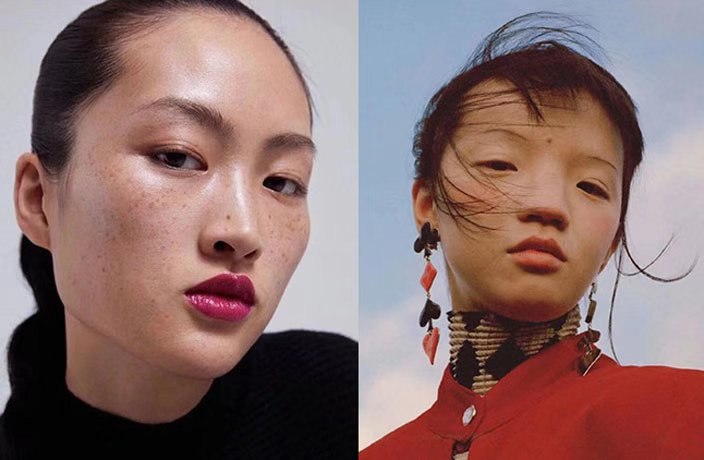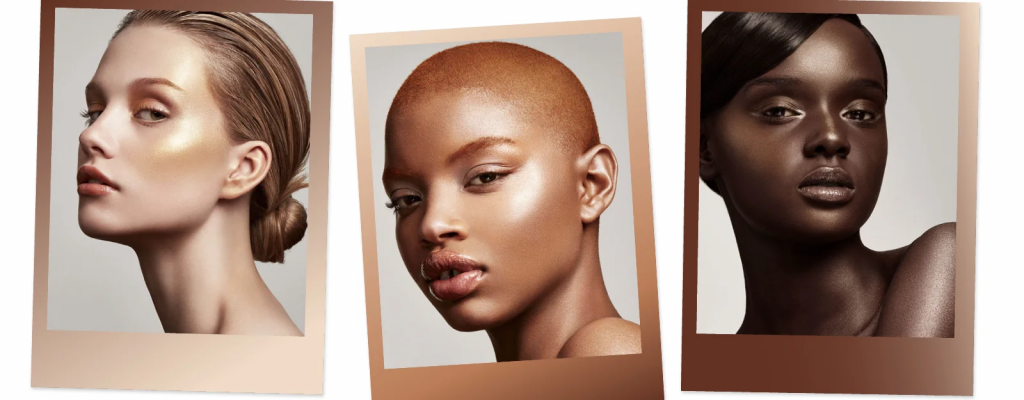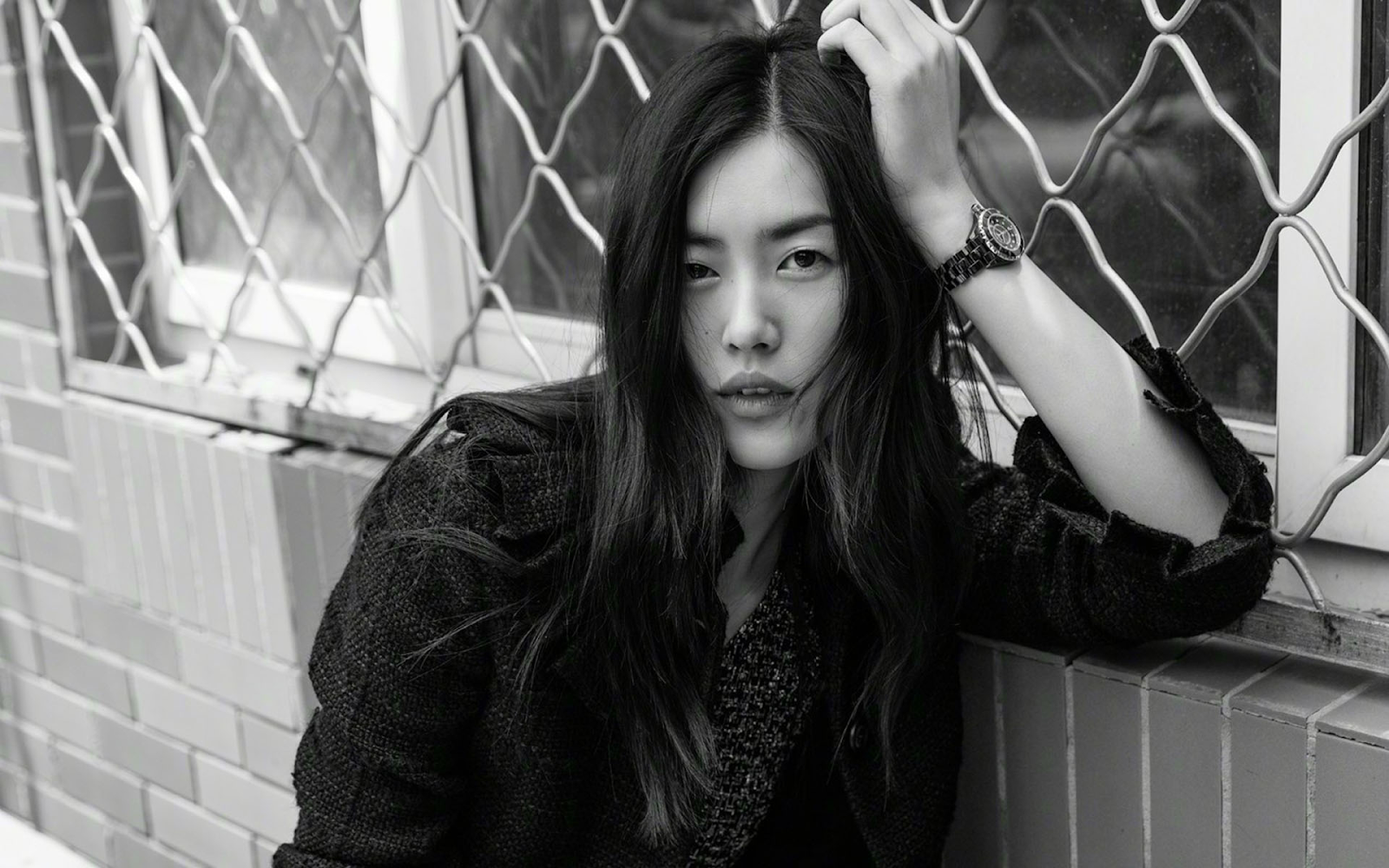Term/Phrase:#
High Fashion Face (高级脸)
About the Trend:#
The phrase “high-fashion face” was coined roughly three years ago in China, and it has been instrumental in shaping Chinese beauty standards for the Gen-Z demographic during this time. But now, its online popularity is gaining new momentum because the Weibo hashtag #CreatingtheHighFashionFace has attracted over 89 million views this month alone, with posts featuring makeup tips, celebrity posters, and selfie hacks.
Among Gen Zers, facial features traditionally deemed beautiful (a tall nose bridge, pointy chin, and big round eyes) are increasingly becoming associated with faces that have had work done to them. Yet, the so-called “high fashion face” almost directly contradicts those features, with its prominent cheekbones, angular jaw, wide-set eyes, and thick lips.

Additional context:#
When discussing celebrities whose facial structure embodies the high-fashion face, people typically name a mix of Asian stars that are commonly seen on runways and in films. The Chinese actress Du Juan, Victoria’s Secret model Liu Wen, and Japanese actress Mizuhara Kiko have all been nominated by netizens as the perfect representations of this quintessential Asian face. Although the phrase “high-fashion face” was only recently coined, the look has been celebrated as the epitome of “Asian beauty” in Western media for nearly a century, despite being underrepresented across East Asia.
However, the Western preference for Asian charm has faced controversy due to its racial undertones. In 2019, the official Instagram account of American Vogue posted a photo featuring Chinese model Qizhen Gao and received a backlash from Asian readers accusing it of promoting a stereotypical Asian aesthetic. Shortly after, a former employee of the magazine anonymously claimed Vogue was trying to “highlight the oriental features by using the model.”
Why Gen-Z consumers like it:#
The Gen-Z demographic is a diverse and unpredictable one that requires deep probing to fully understand their socio-cultural traits. Despite passionately embracing traditional culture in their fashion choices, Chinese Gen Zers are noticeably challenging some mainstream beauty standards that have existed for thousands of years. The increasing visibility of the high fashion face challenges the narrow aesthetic conventions born out of China’s homogeneous racial makeup.
The Gen Z Verdict
Miaomiao Tu, a 21-year-old Chinese college student in touch with the latest trends, explained in an interview with Jing Daily that “people like the high-fashion face because it stands out from most pretty girls. It might not be the most dazzling beauty type, but it certainly is fresh and easy to look at.” Tu and her peers found the new phrase attractive because this beauty concept arose as an unexpected alternative aesthetic in China. In the past, luxury brands have been praised in China for casting local beauties with this so-called high-fashion face, as in Gucci’s 2017 vintage glasses collection campaign, where they collaborated with the Chinese actress Ni Ni.

How luxury brands should approach this trend:#
Despite putting more support behind their local culture, Chinese consumers continue to embrace fashion and beauty influences from abroad. Olivia Jiang, an associate account director at the digital agency DLG (Digital Luxury Group), believes that evolving beauty ideals in the West have paved the way for the high-fashion face trend in China.
“The recent wave of inclusive brands that have entered the Chinese market, including Fenty Beauty and the local Huda Beauty, are helping to fuel China’s increasingly diverse aesthetics,” Jiang said. “I think this [aesthetic] opens up more potential topics of conversation and ideas for brands to explore in the market.”
However, the high-fashion face look doesn’t necessarily mean that international luxury brands should jump on the bandwagon and swap their traditionally beautiful celebrities for alternative faces to revamp their image in the market. According to Jiang, “building a lasting brand in China is a long-term investment. And while latching onto a topic because it is in vogue at the moment may help drive buzz and exposure for a short period, it won’t fuel long-term growth.”
Jiang’s advice to brands that are collaborating with Chinese public figures is to fully consider their brand values and overall image before crafting a message aimed at Chinese consumers. Only then can they shape a celebrity strategy that leads to a successful localization within China’s dynamic Gen-Z sector.
